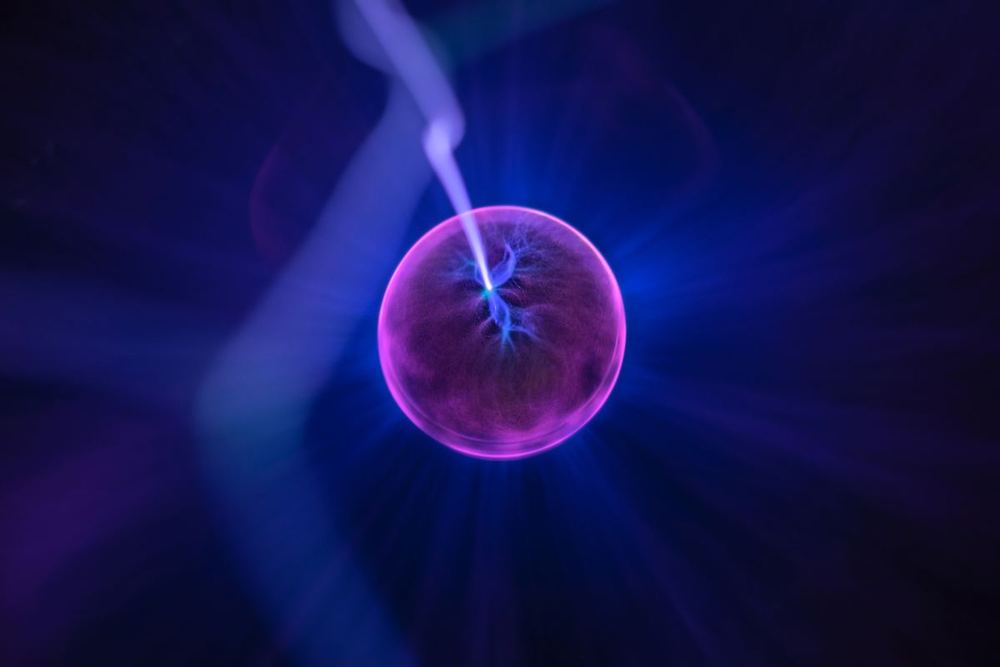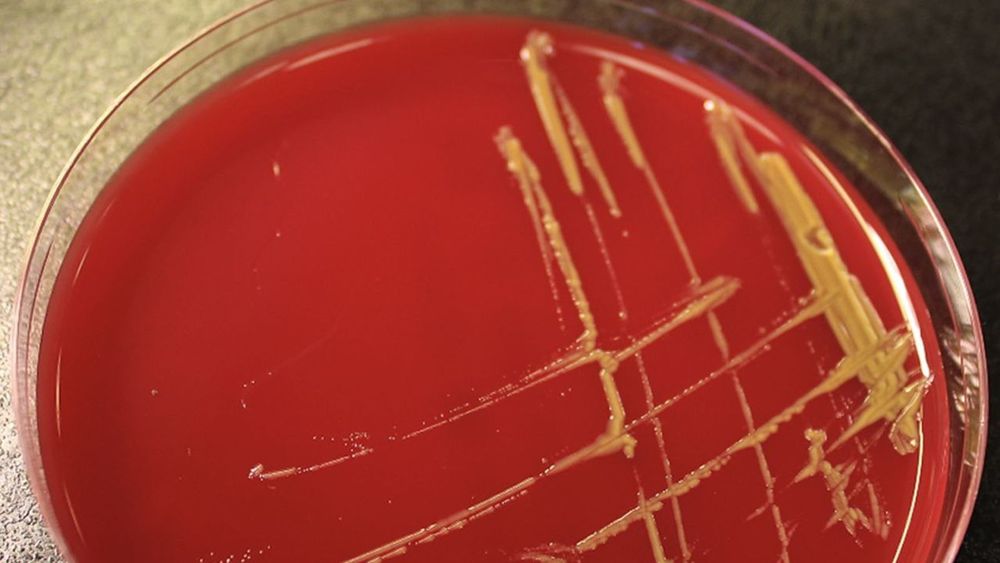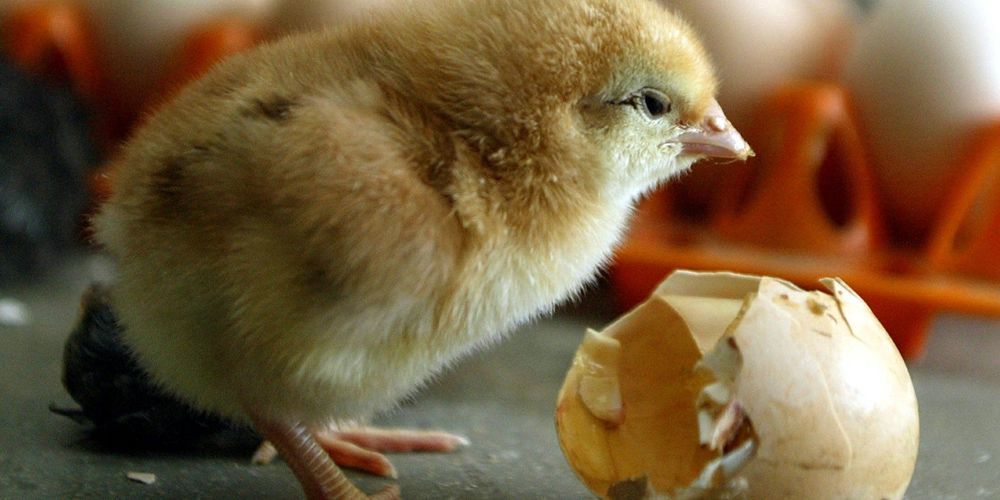Page 9243
Dec 28, 2018
New Fiber Could Be the Foundation for Futuristic Smart Garments
Posted by Shane Hinshaw in categories: biotech/medical, nanotechnology
Self-assembling silver tubes might someday wire up your clothes.
Inspired by blood vessels, the silver nanowires practically manufacture themselves.
Dec 28, 2018
Nuclear Scientists Continue to Search for Undiscovered Isotopes
Posted by Genevieve Klien in category: futurism
Nuclear researchers suspect that there are nearly 4,000 undiscovered nuclei that may help lead us to new machines and practices that benefit human life.
Author: Artemis SpyrouPublish date:
Dec 28, 2018
Remembering Nancy Grace Roman, “Mother of Hubble”
Posted by Genevieve Klien in categories: biotech/medical, finance, space travel
In 1961, Nancy Grace Roman was already the first Chief of Astronomy in NASA’s Office of Space Science. She developed that program in a time before the second wave of the Women’s Movement in the United States began, when banks often refused women credit in their own names and there was still an active medical debate about whether women could ever physically endure spaceflight someday. But Roman opened the skies to humanity in new ways without ever leaving the ground.
She earned her Ph.D. in astronomy at the University of Chicago in 1949 and worked at the Yerkes Observatory there for six years afterward. She joined the radio astronomy group at the Naval Research Laboratory, becoming the head of the microwave spectroscopy section. As she recalled in 1980 in an oral history interview with National Air and Space Museum curator David DeVorkin, when she heard that NASA might set up a space astronomy program, she wanted to lead it: “The idea of coming in with an absolutely clean slate to set up a program that I thought was likely to influence astronomy for 50 years was just a challenge that I couldn’t turn down. That’s all there is to it.” She joined NASA in 1959, just after the agency’s founding.
Roman opened the skies to humanity in new ways without ever leaving the ground.
Continue reading “Remembering Nancy Grace Roman, ‘Mother of Hubble’” »
Dec 28, 2018
Mysterious Anomaly Under Africa Is Weakening Earth’s Magnetic Field
Posted by Shane Hinshaw in category: futurism
This could be precursor to Earth’s poles swapping places.
Above our heads, something is not right. Earth’s magnetic field is in a state of dramatic weakening – and according to mind-boggling research from earlier this year, this phenomenal disruption is part of a pattern lasting for over 1,000 years.
Earth’s magnetic field doesn’t just give us our north and south poles; it’s also what protects us from solar winds and cosmic radiation – but this invisible force field is rapidly weakening, to the point scientists think it could actually flip, with our magnetic poles reversing.
Continue reading “Mysterious Anomaly Under Africa Is Weakening Earth’s Magnetic Field” »
Dec 28, 2018
Australian Autonomous Train Is The “World’s Largest Robot”
Posted by Shane Hinshaw in categories: robotics/AI, transportation
Automation is on the right track.
The bot is helping automate mining operations Down Under.
Dec 28, 2018
Bad Plumbing Helped Cause a Strange Outbreak of Antibiotic-Resistant Bacteria at a Maryland Hospital
Posted by Genevieve Klien in categories: biotech/medical, government, health
In 2016, a mysterious illness spread inside the National Institutes of Health’s Clinical Center, the U.S. government’s most prominent research hospital, in Bethesda, Maryland. Patients were somehow being sickened by an antibiotic-resistant strain of bacteria that practically never causes disease in humans. Two years later, a new study seems to finally have confirmed where this bug likely came from: the hospital’s own plumbing.
During a six-month period in 2016, six patients came down with infections caused by Sphingomonas bacteria. Four of the patients had an antibiotic-resistant strain of a particular species, Sphingomonas koreensis, which was first discovered in some of Korea’s natural mineral water spots in the early 2000s.
Dec 28, 2018
The world’s first no-kill eggs have gone on sale after scientists found a way to determine a chick’s sex before it hatches
Posted by Genevieve Klien in category: sex
German scientists have found a way to determine a chick’s sex while it is still an embryo. This could help end the culling of billions of male chicks.
Dec 28, 2018
Portland Now Generates Electricity From Turbines Installed In City Water Pipes
Posted by Marcia Wiegand in category: futurism

Water flowing through the city’s pipes will generate electricity like a dam with none of the environmental consequences.

















